
How does the coronavirus stimulus package help the NRIs in the US?
How does the coronavirus stimulus package help the NRIs in the US?
The US Government has passed and signed a $2 trillion coronavirus bill otherwise known as the CARES Act. This is one of the largest emergency aid packages in the history of the country which has led to most of the taxpayers in the country receiving stimulus checks. These stimulus checks have helped in reducing the plight of the coronavirus affected Americans up to some level.
Along with the provision of all Americans receiving stimulus checks, this bill also includes $500 billion as loans for the struggling businesses, $150 billion for the local and state governments, $377 billion as grants for small businesses and $130 billion for the hospitals which are dealing with a very difficult situation as of now. To date, the IRS has sent around 140 million stimulus checks to the Americans who qualify for receiving the package.
Eligibility for receiving the Stimulus package
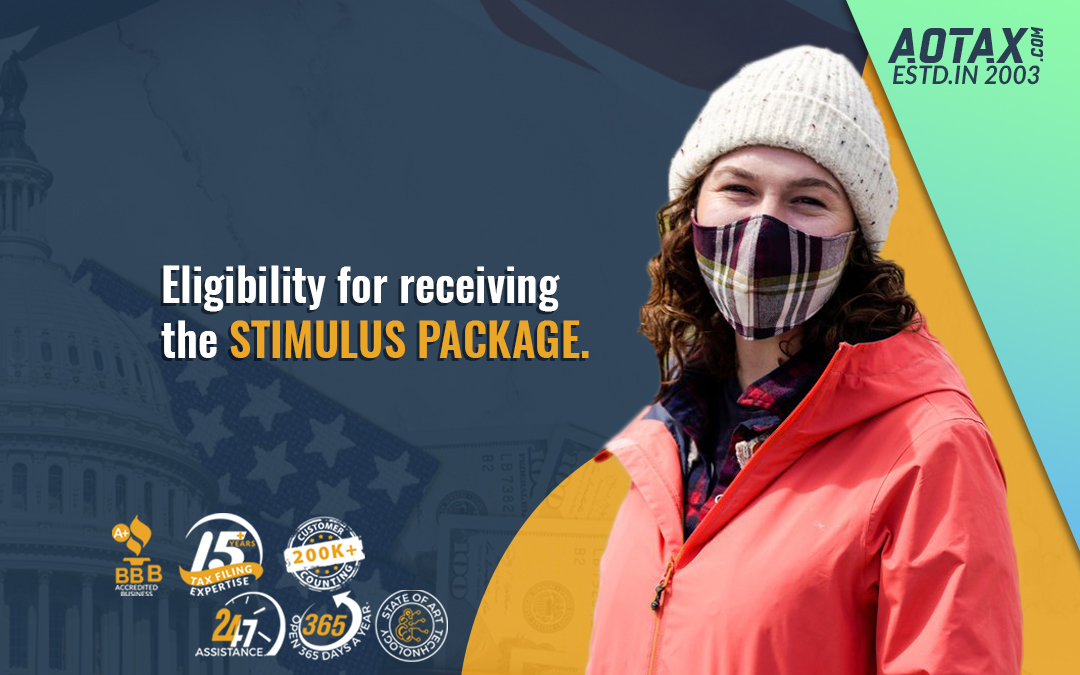
Major Queries
One of the major queries troubling the minds of the common people is what are the qualifying criteria for obtaining the Stimulus package? Are the NRIs living in the US eligible to obtain the Stimulus package or not?
All the US residents qualify to receive the Stimulus package as long as they possess a work-eligible Social Security Number (SSN) and can meet the income specific requirements.
a. The IRS will be determining the eligibility of an individual for the Stimulus package based on his adjusted gross income (AGI) on his 2019 tax return or 2018 tax return if not filed for 2019 yet.
b.The residents of the country who are filing their tax returns as individuals and have an AGI less than $75,000 would receive an amount of $1200 whereas residents who are married and are filing their tax returns jointly having an AGI less than $150,000 would receive an amount of $2400 as Stimulus payment.
c.An additional amount of $500 can be claimed for each dependent child who is below the age of 17 years, has been claimed in the tax returns of 2019 or 2018, and satisfies the other qualifying criterion.
d.Residents of the US who have nontaxable income such as Social Security benefits or Railroad benefits, etc. also qualify for receiving the Stimulus payment. These individuals do not need to file tax returns for obtaining Stimulus payment.
e.Residents filing tax returns as singles and having an AGI in between $75,000 and $99,000 would have their stimulus amount reduced by $5 for each $100 increase in the AGI above $75,000. Similarly, for married couples who have filed their returns jointly and have an AGI above $150,000 will have a reduction of $5 in their stimulus amount for every $100 increase in the AGI above $150,000.
Use of the Stimulus payment by NRIs in the US
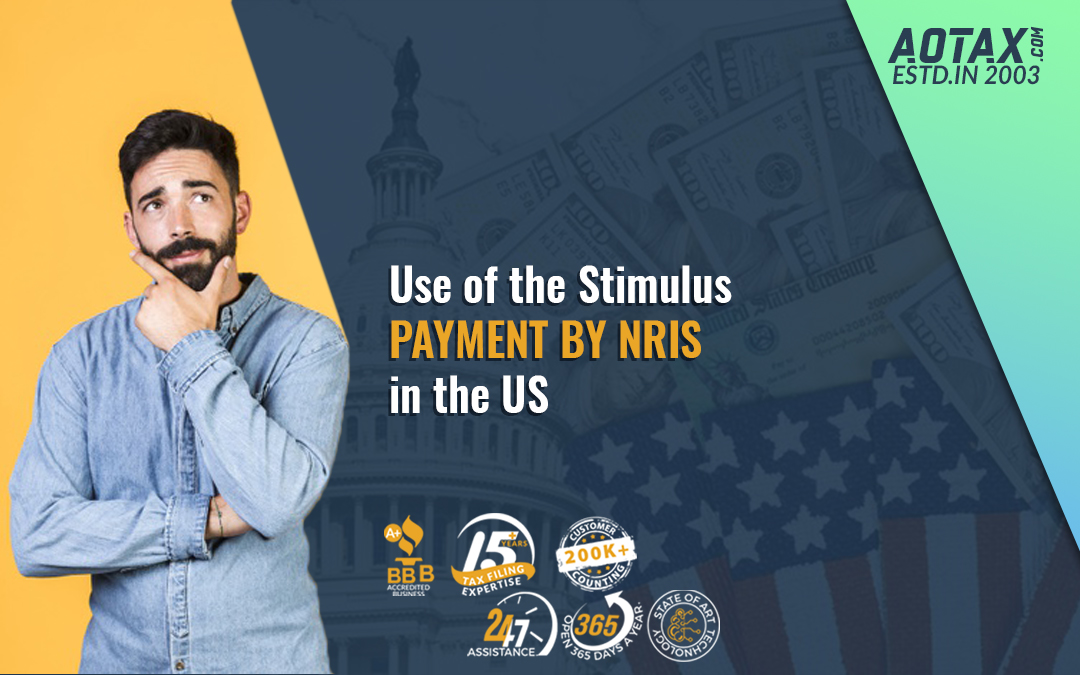
a. The usefulness of the Stimulus payment obtained by the NRIs in the US depends upon various scenarios.
With the impact of the dreadful COVID-19 spreading rapidly across the US, many Americans have lost their jobs and livelihood. Businesses are being closed down and millions of workers across the country have become jobless. The Stimulus package announced by the Federal Government would include a weekly pay boost of $600 which is funded federally for the unemployed along with the regular State unemployment benefits.
However, for the NRIs in the US, there are no provisions to avail of the general state unemployment credit. So, if an NRI in the US loses his job during this pandemic it is difficult for him to manage his finances in the lockdown. The Stimulus package would be the savior for the NRIs at this point and can be used to meet the various financial needs.
b.In case an NRI in the US is into a profession where he would not be able to work from home during the corona times. NRI workers/employees from several industries such as Non-IT, retail, hospitality, restaurants, live entertainment, nightlife, etc. cannot perform their operations from home and thus, experience a partial or complete layoff from work. This would affect the livelihood and finances of the NRIs and the Stimulus checks can be used at this instance.
c.Moreover, since the pandemic COVID-19 is spreading widely across the country; an NRI might experience the situation of his family member or close relative being affected by the disease. In such a scenario, for availing the medical facilities good financial backup is necessary. The amount received by NRIs through the Stimulus package can be utilized for availing good medical facilities for their family members
References
lhttps://www.forbes.com/sites/advisor/2020/04/28/real-stories-of-filing-for-unemployment-during-covid-19/#7b11b36715dd
https://www.latimes.com/business/story/2020-03-27/who-qualifies-for-the-stimulus

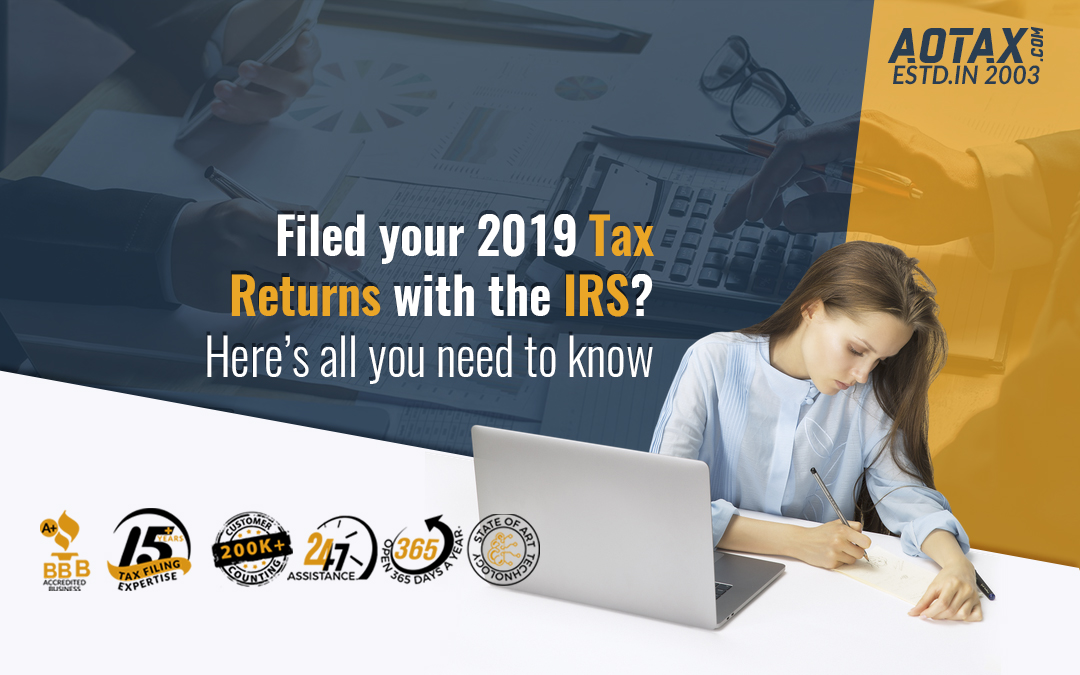
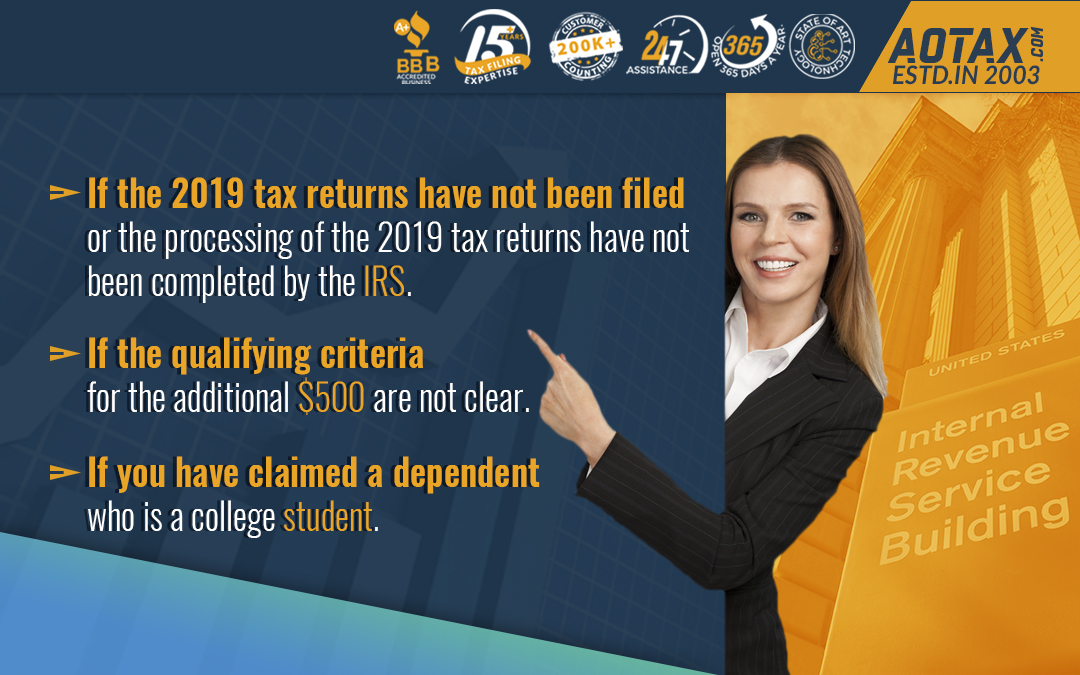


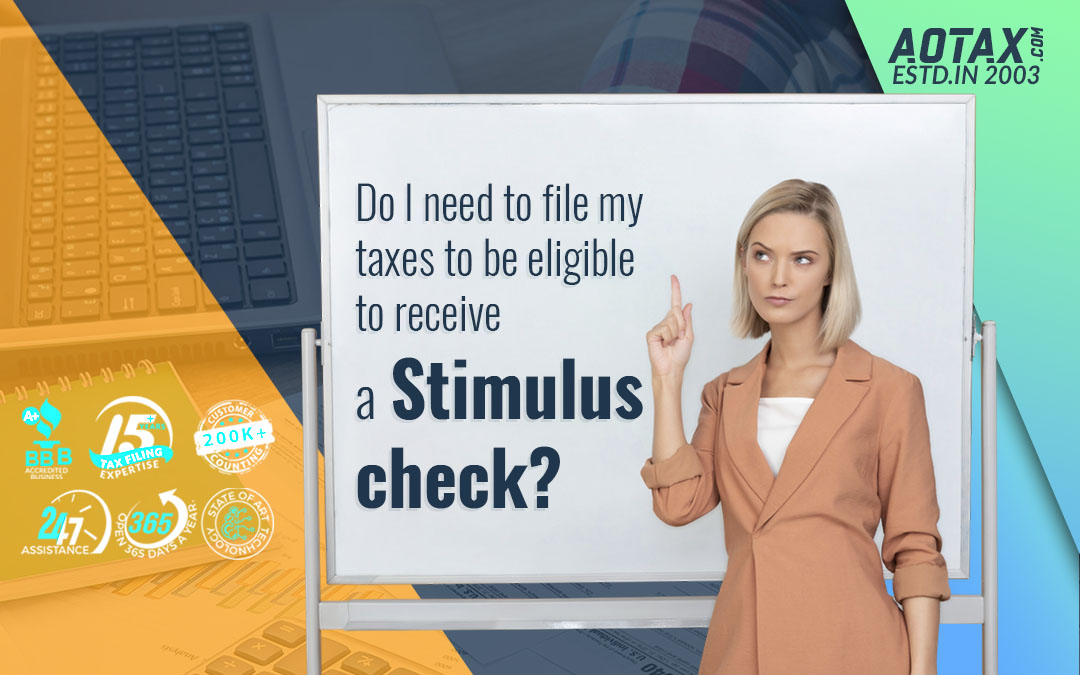
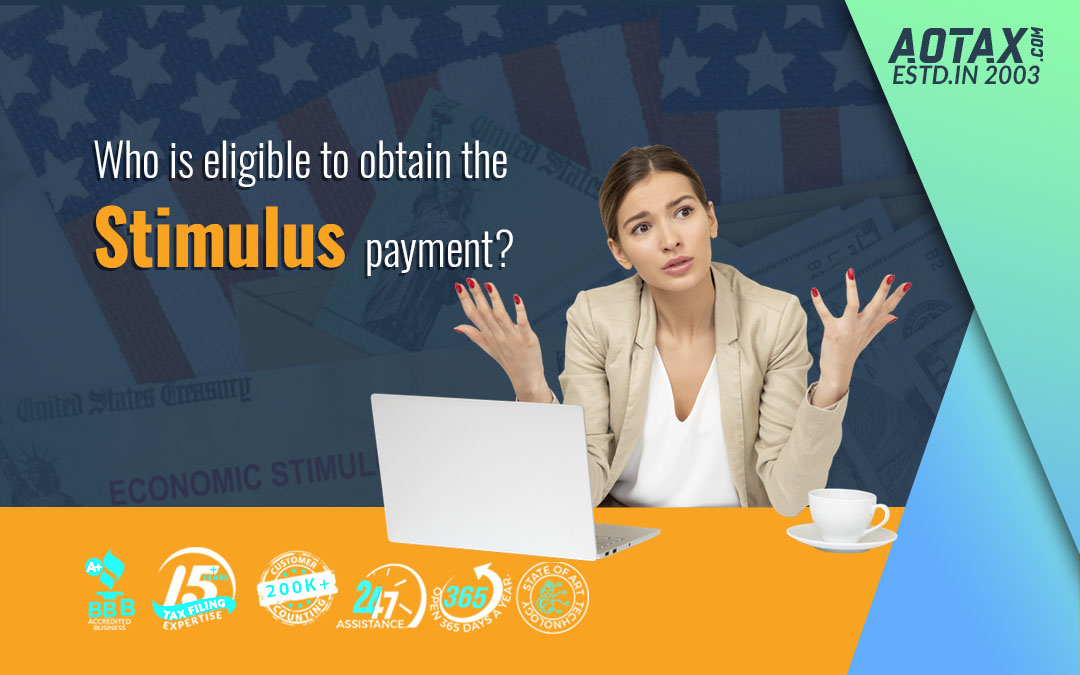
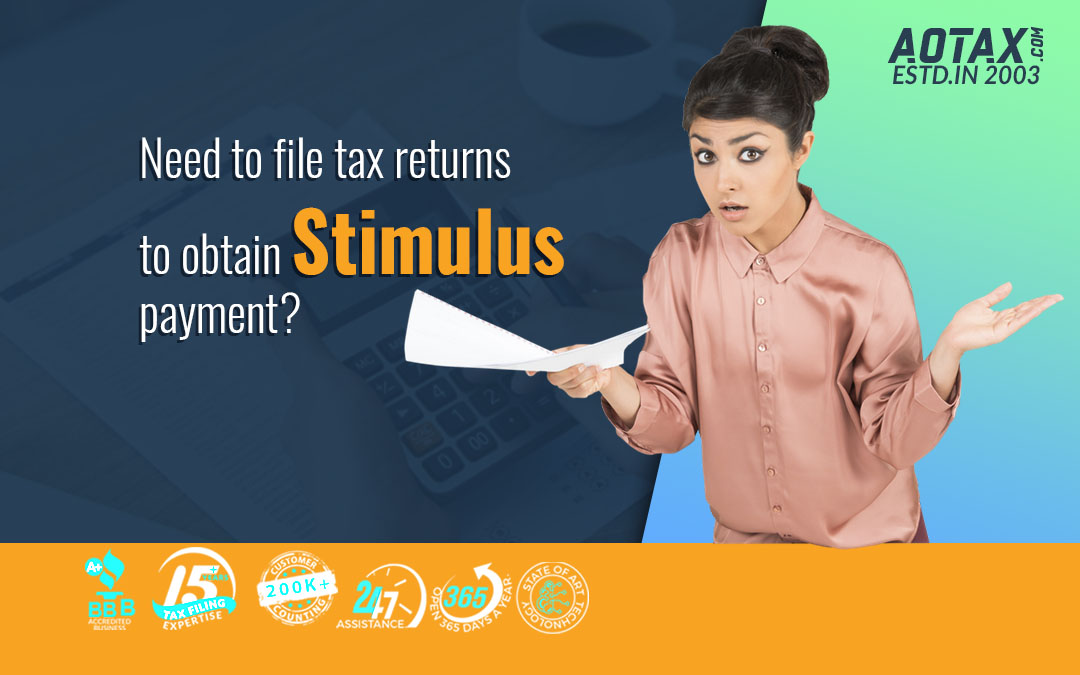

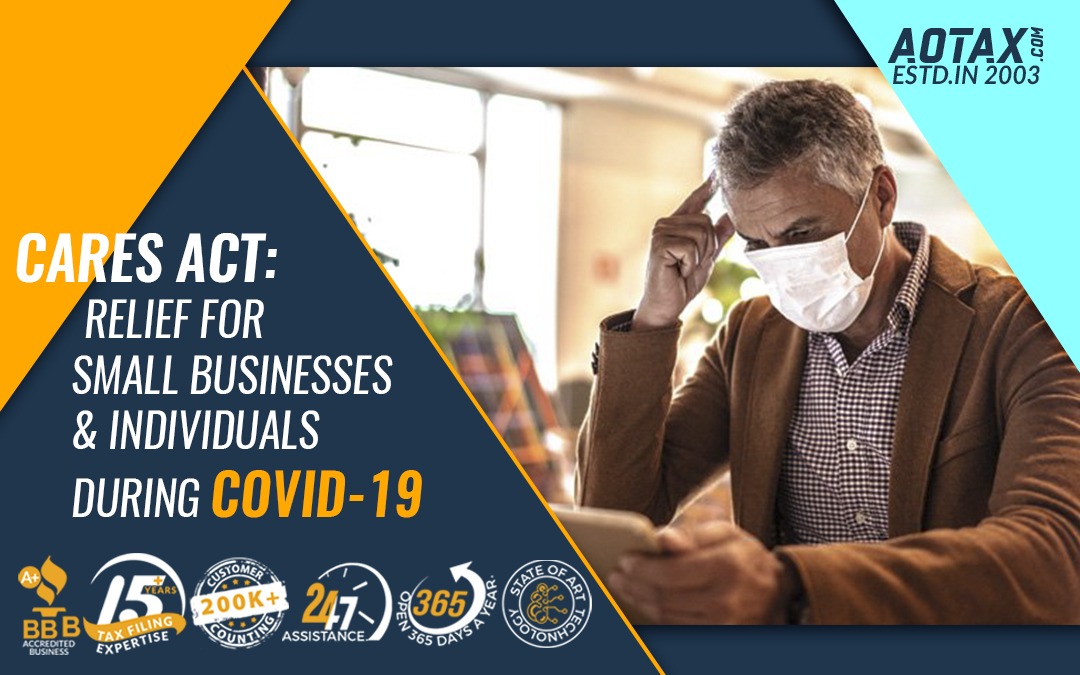


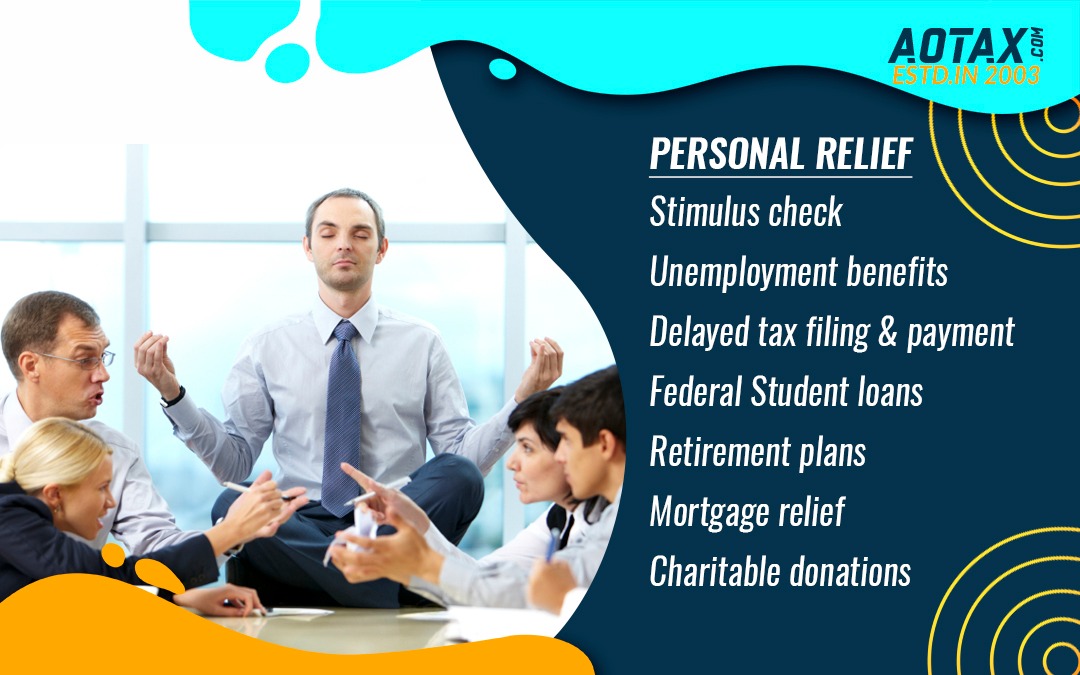
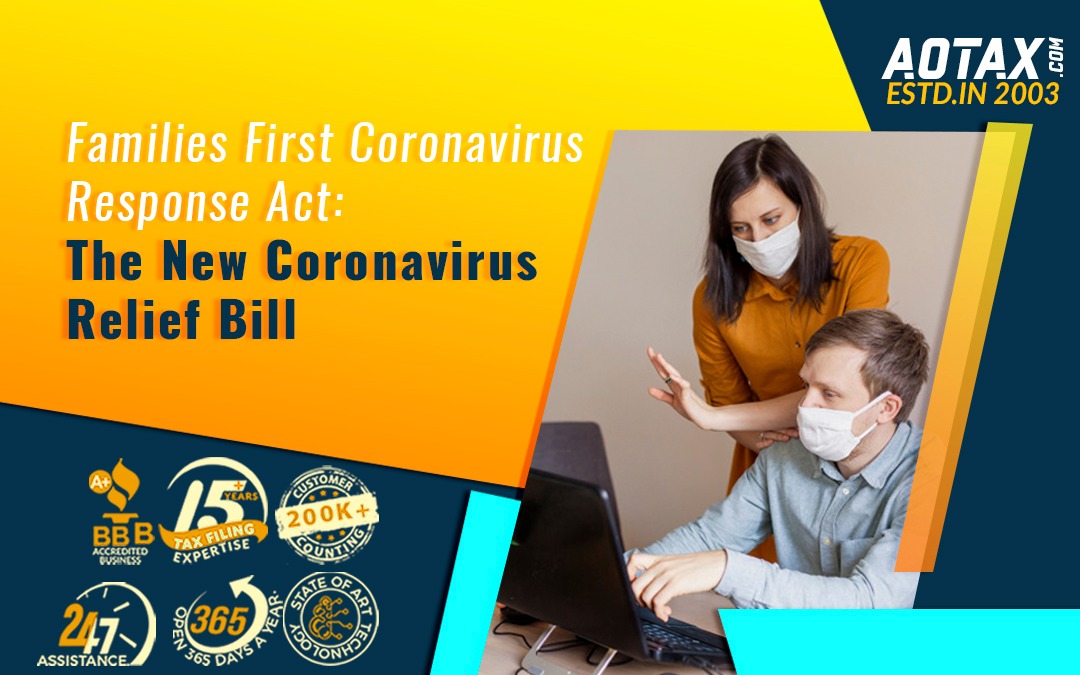


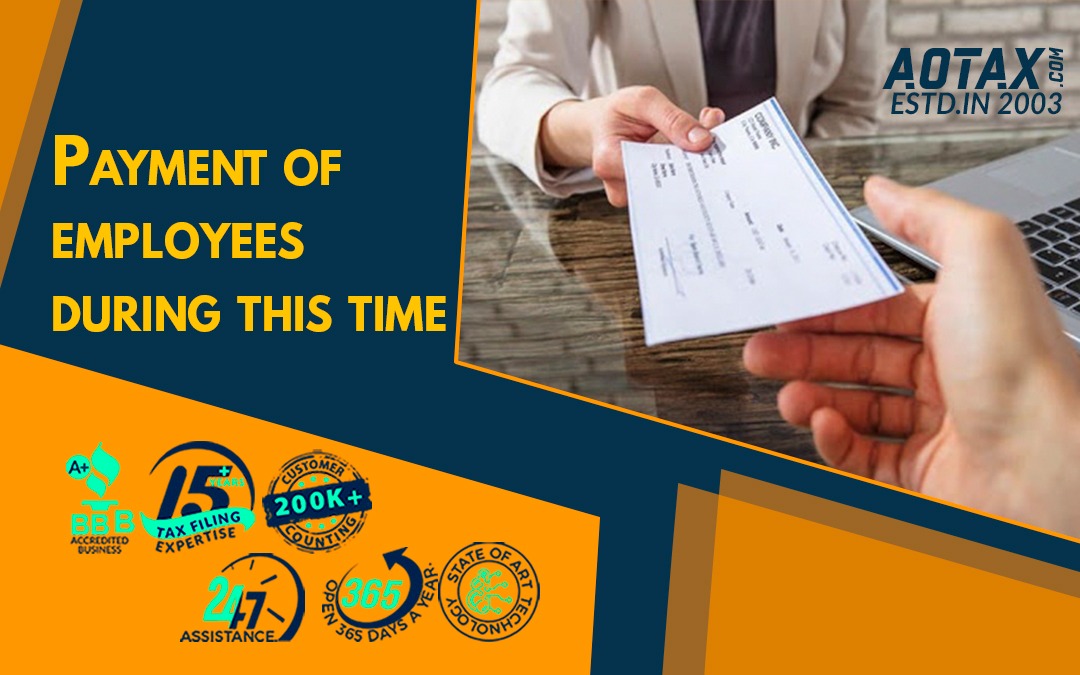
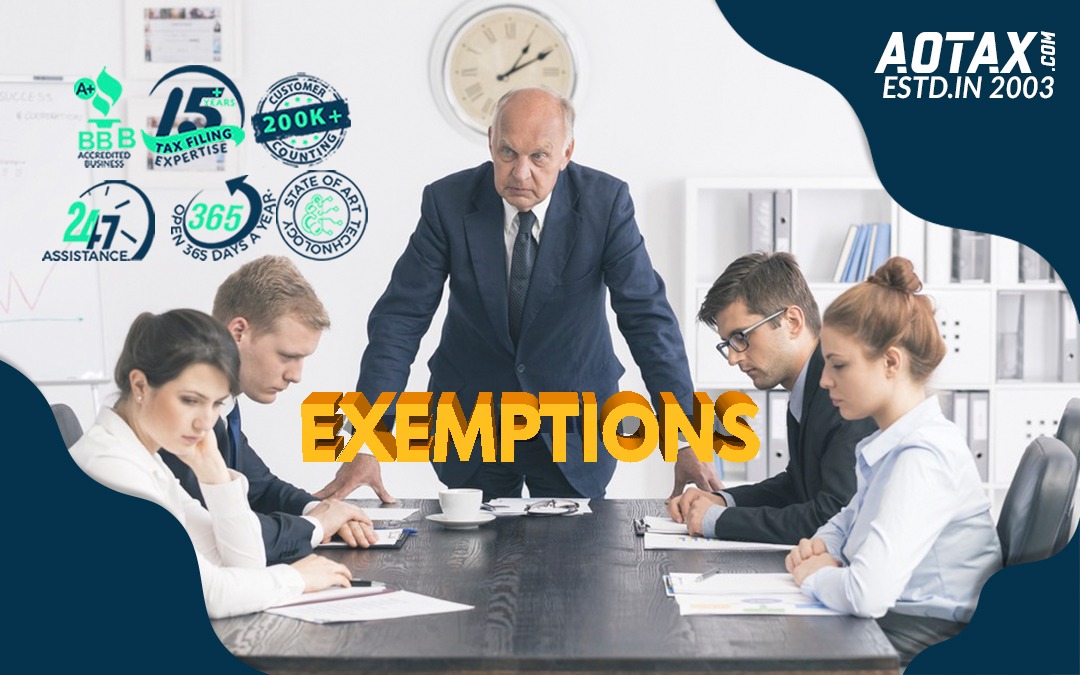
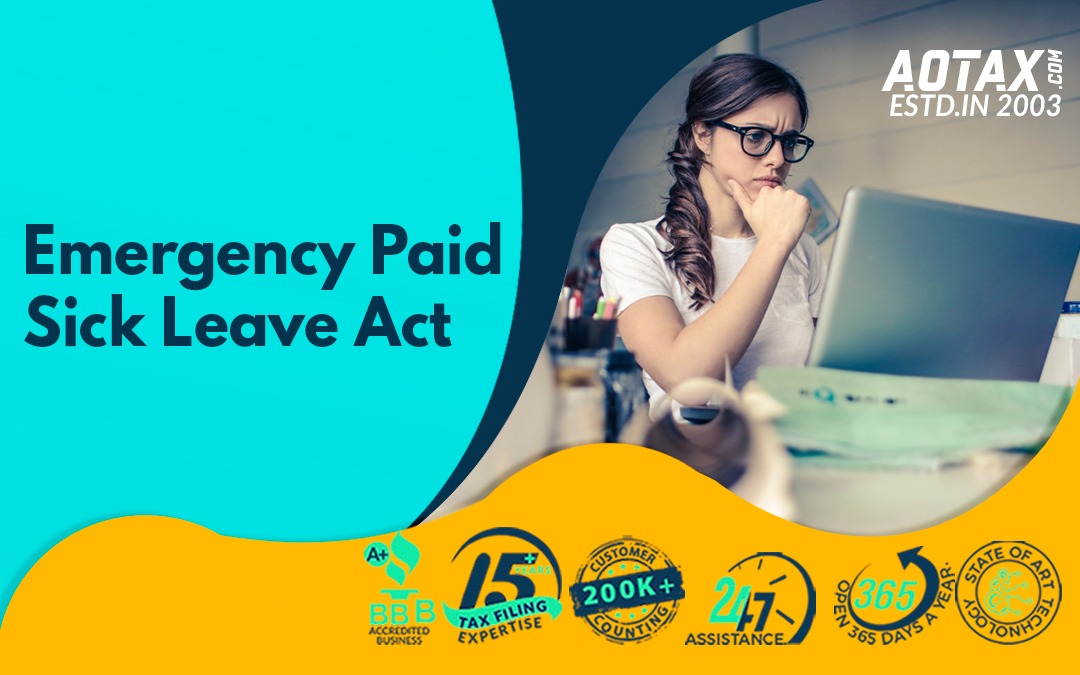
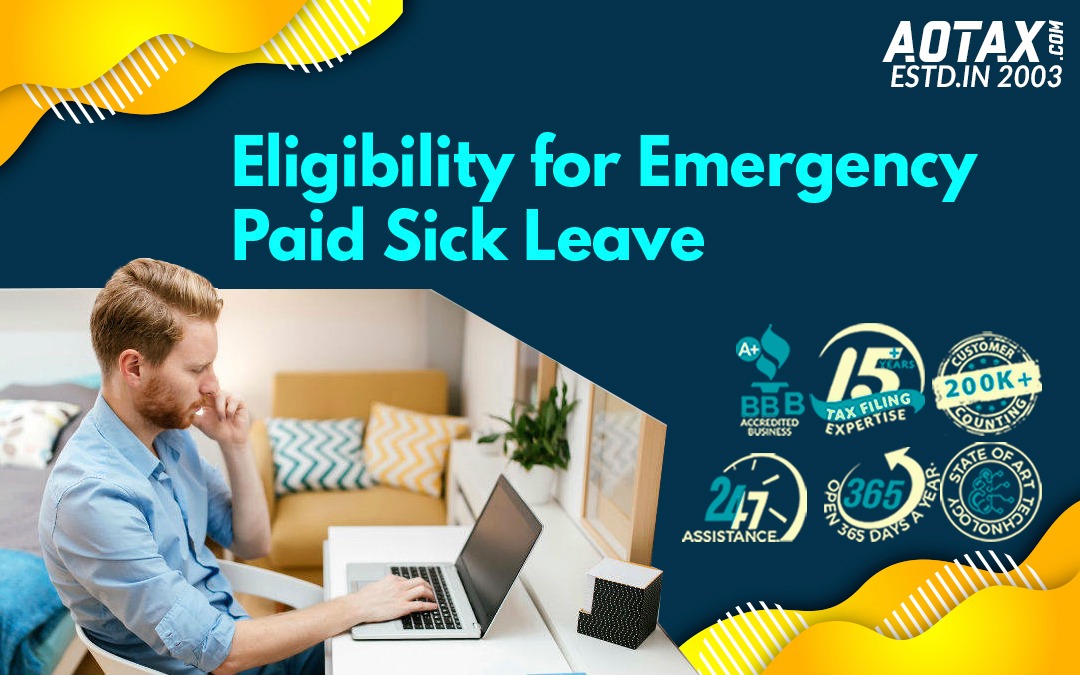
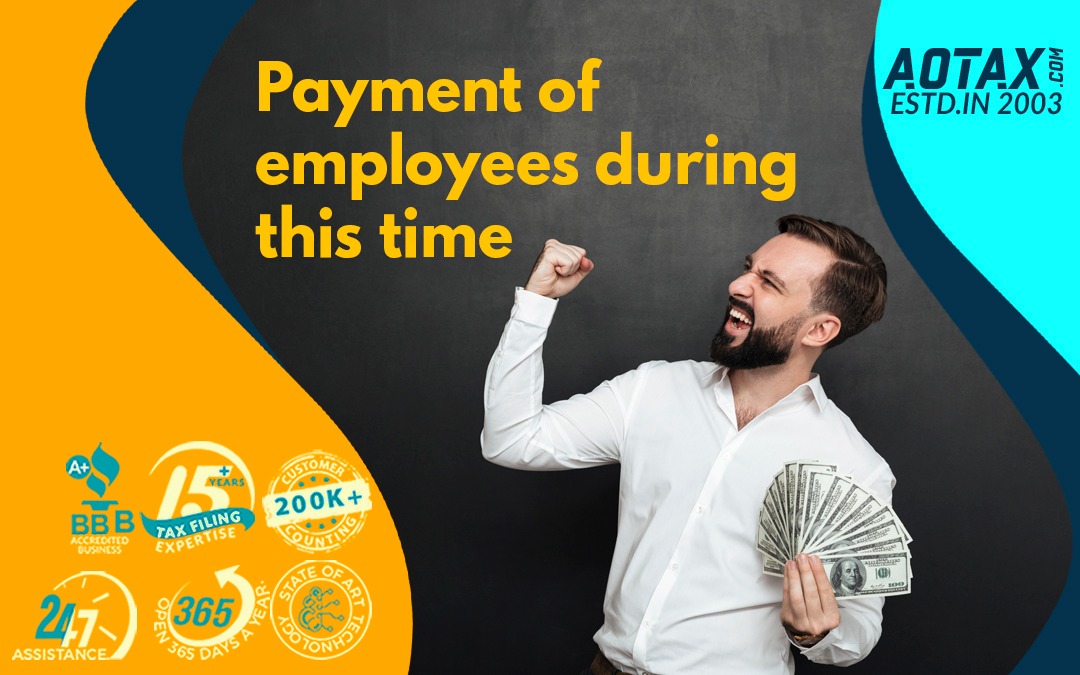



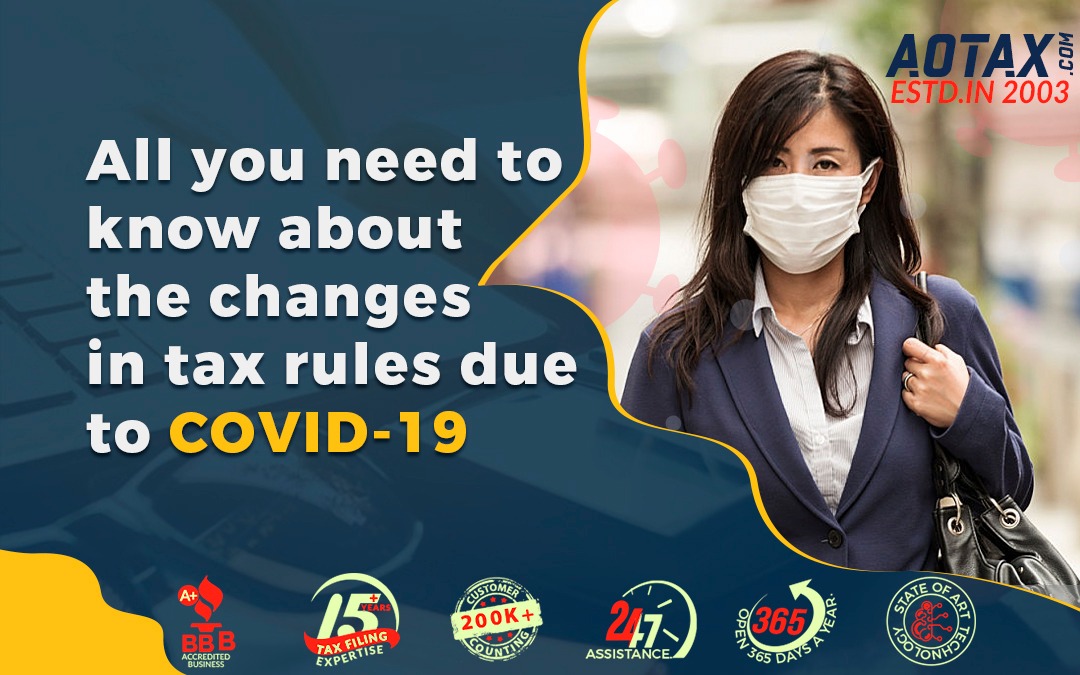
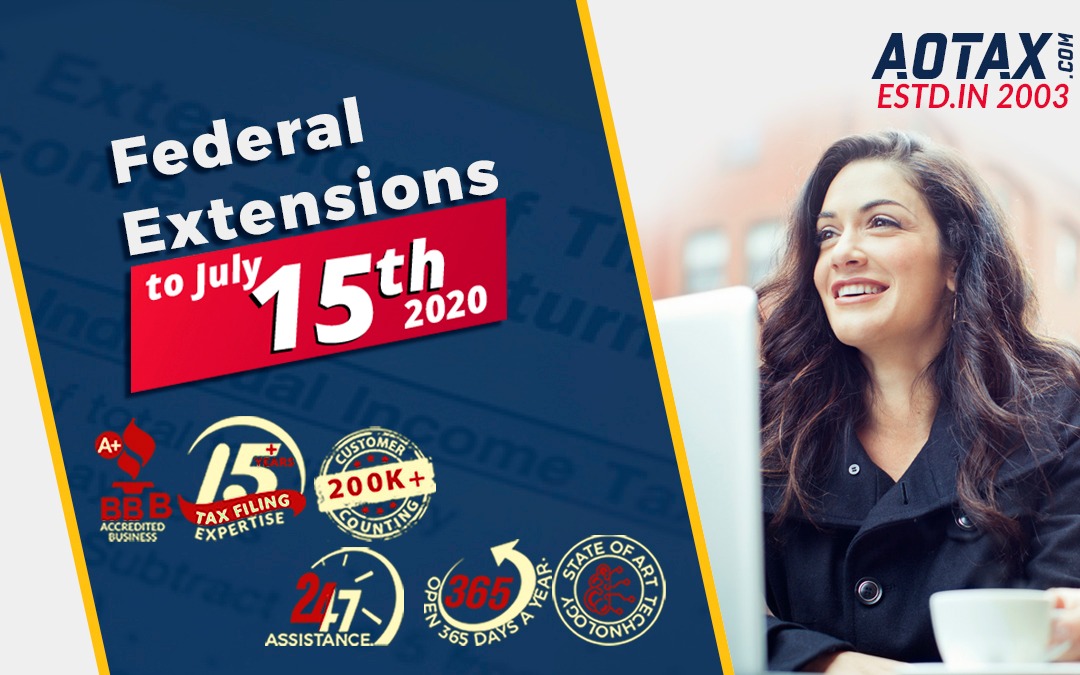

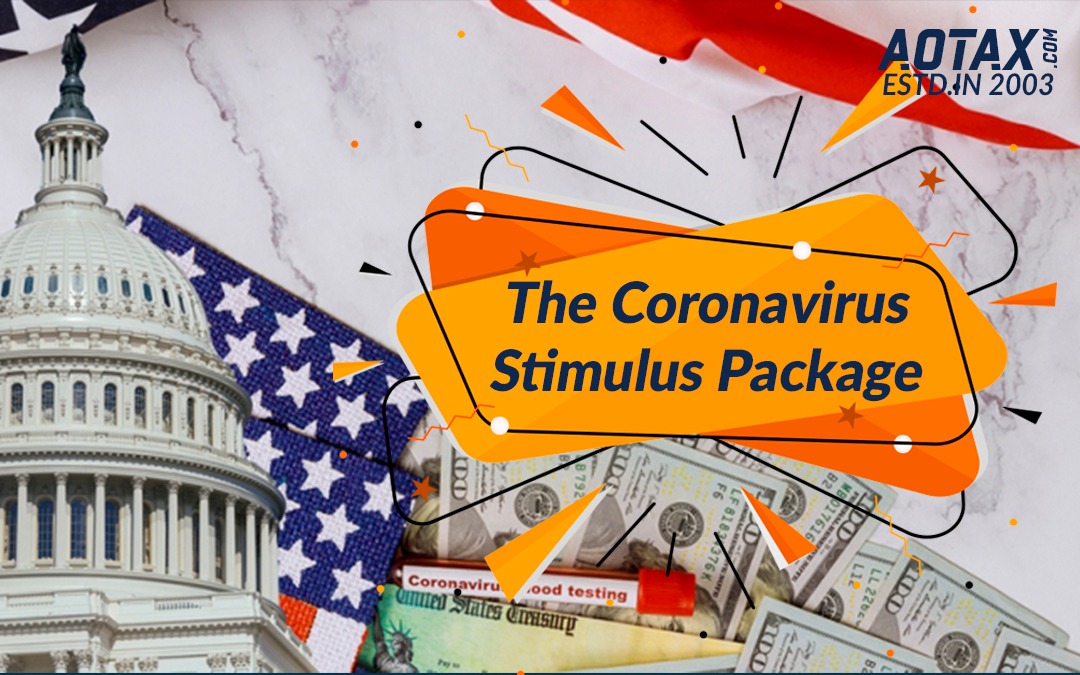
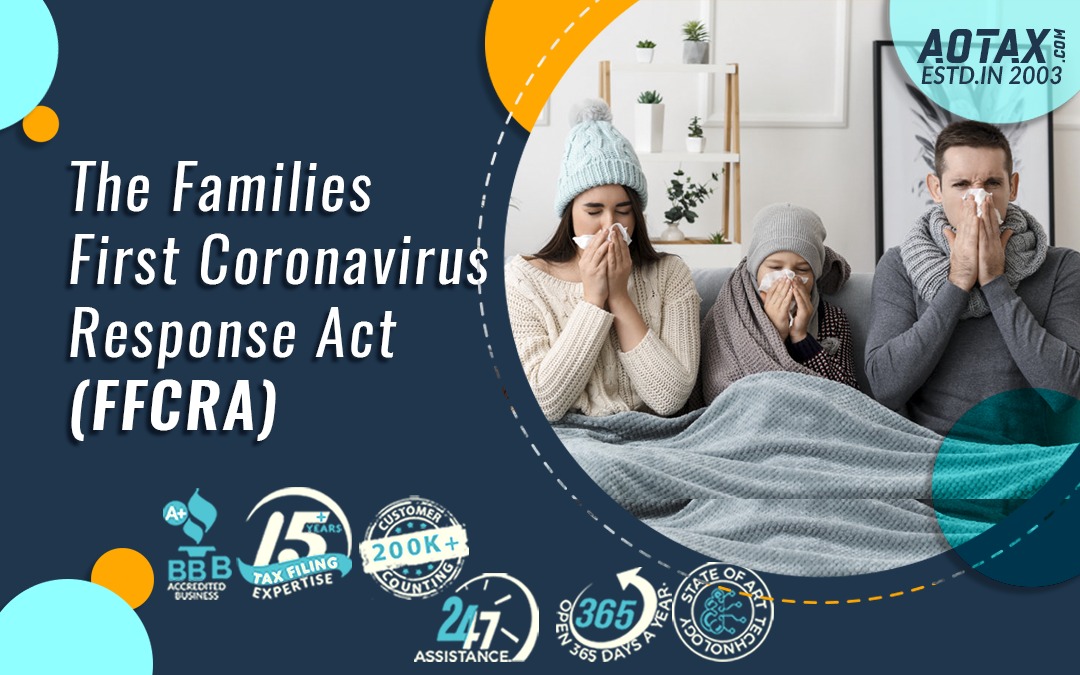
Recent Comments